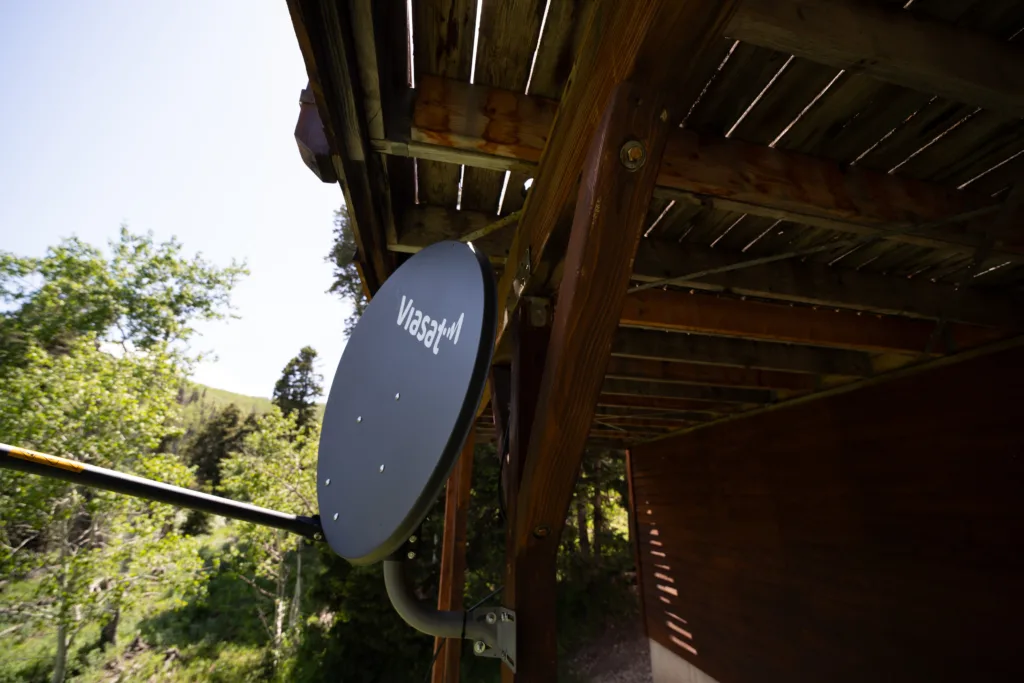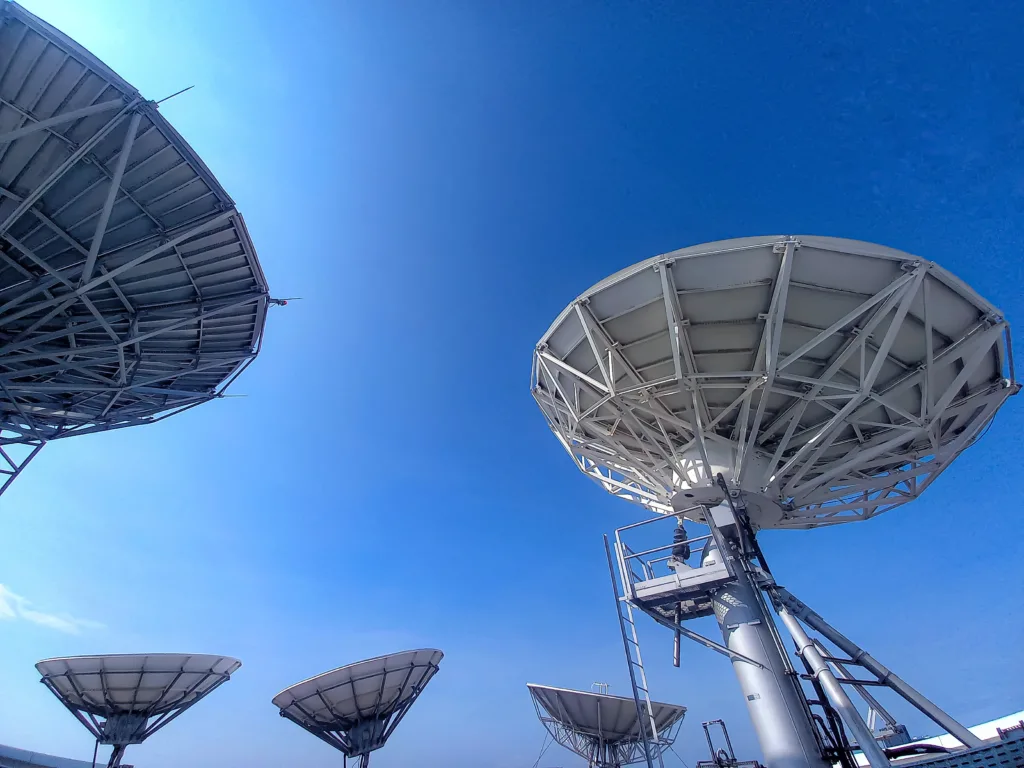Satellite internet connects users to the World Wide Web with an infrastructure of orbiting satellites, ground stations, and home dishes. It's a lot different from land-based internet services like cable or fiber, which transmit data through wires running underground. As the only internet service available nationwide, satellite internet is a reliable option for many rural homes and businesses to access the internet.
Satellite internet's most outstanding trait is its near-universal availability, connecting people who have no access to the internet through traditional means, such as DSL, cable, fiber, or even wireless 5G.
Hughesnet, Starlink, and Viasat are the three primary residential satellite internet providers in the U.S. Amazon is entering the industry as soon as 2026 with Project Kuiper, making home internet available to the world with its own satellites.




